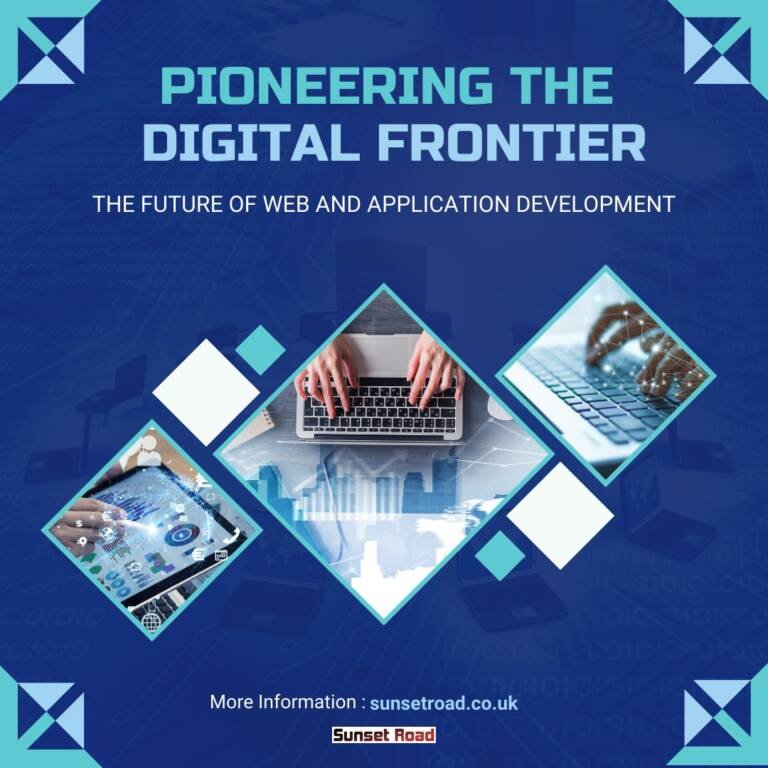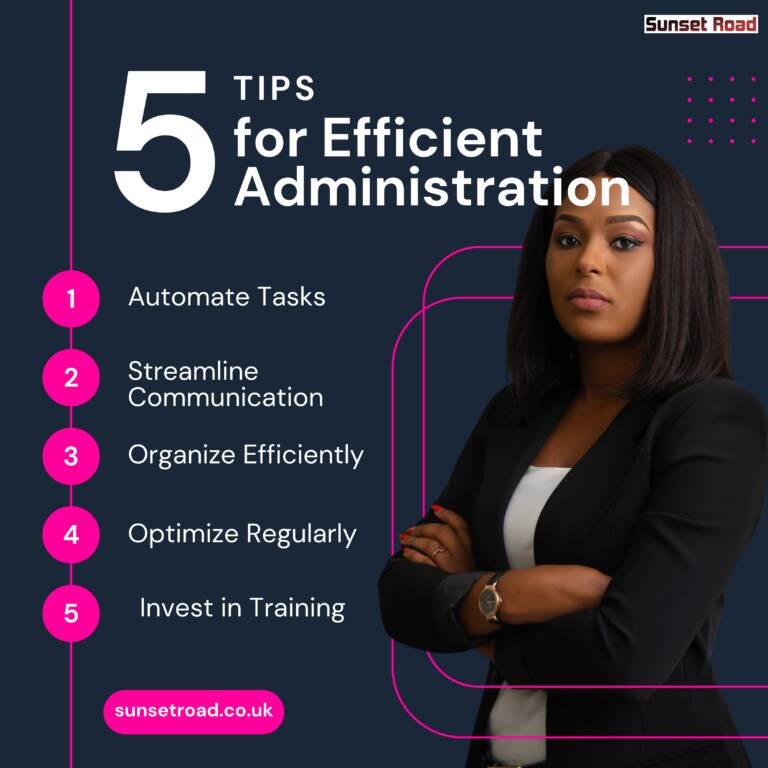In today’s competitive job market, attracting and retaining top talent is more challenging than ever. Companies must employ strategic and innovative hiring practices to stay ahead. This blog explores the best hiring strategies to recruit top talent and ensure they remain engaged and productive members of your team.

1. Define Your Employer Brand
Building a strong employer brand is the foundation of effective recruitment. Your brand should reflect your company’s culture, values, and mission. This helps attract candidates who align with your organizational goals and culture.
- Showcase Company Culture: Use social media, your company website, and other platforms to highlight your workplace culture. Share stories, employee testimonials, and behind-the-scenes content to give potential hires a glimpse into what it’s like to work at your company.
- Value Proposition: Clearly communicate what sets your company apart from others. This could be unique benefits, career growth opportunities, or a commitment to work-life balance.
2. Utilize Data-Driven Recruitment
Data-driven recruitment involves using analytics and metrics to improve hiring decisions. This approach helps identify the most effective sourcing channels, evaluate the success of recruitment strategies, and predict future hiring needs.
- Applicant Tracking Systems (ATS): Implement an ATS to streamline the hiring process, track candidates, and analyze recruitment metrics.
- Talent Analytics: Use analytics to understand the effectiveness of your hiring process. Measure metrics like time-to-fill, quality of hire, and source of hire to refine your recruitment strategies.
3. Leverage Technology and AI
Technology and AI can enhance the recruitment process by improving efficiency and reducing bias. These tools can help in screening resumes, scheduling interviews, and even conducting initial assessments.
- AI-Powered Screening Tools: Use AI to screen resumes and rank candidates based on their qualifications and experience. This reduces the time spent on manual screening and ensures a more objective evaluation.
- Virtual Interviews: Conduct video interviews to save time and resources. This is especially useful for remote positions or initial screening stages.
4. Implement Employee Referral Programs
Employee referral programs are an effective way to find quality candidates. Employees are likely to refer individuals who they believe will be a good fit for the company culture and job requirements.
- Incentivize Referrals: Offer rewards or incentives for successful referrals. This could be in the form of bonuses, extra vacation days, or other perks.
- Simplify the Referral Process: Make it easy for employees to refer candidates by providing a straightforward referral process and clear guidelines.
5. Focus on Diversity and Inclusion
Diversity and inclusion are crucial for building a strong and innovative team. A diverse workforce brings different perspectives and ideas, which can drive creativity and problem-solving.
- Inclusive Job Descriptions: Use inclusive language in job descriptions to attract a diverse pool of candidates. Avoid gender-biased language and focus on essential qualifications and skills.
- Diverse Hiring Panels: Ensure your hiring panels are diverse to reduce unconscious bias in the selection process.
6. Offer Competitive Compensation and Benefits
Competitive compensation and benefits are essential to attract and retain top talent. Candidates are looking for more than just a salary; they want comprehensive benefits that support their overall well-being.
- Benchmark Salaries: Regularly review and benchmark your salaries against industry standards to ensure they are competitive.
- Comprehensive Benefits: Offer benefits such as health insurance, retirement plans, flexible working hours, remote work options, and professional development opportunities.
7. Provide Growth and Development Opportunities
Professional growth and development are significant factors in employee satisfaction and retention. Employees want to know they have opportunities to advance their careers within the company.
- Training Programs: Invest in training and development programs to help employees enhance their skills and advance their careers.
- Career Pathing: Create clear career paths and development plans for employees. Regularly discuss career goals and provide opportunities for advancement.
8. Foster a Positive Candidate Experience
Candidate experience plays a crucial role in attracting top talent. A positive experience can leave a lasting impression and increase the likelihood of candidates accepting job offers.
- Streamlined Application Process: Make the application process simple and user-friendly. Avoid lengthy forms and unnecessary steps that could deter candidates.
- Regular Communication: Keep candidates informed throughout the hiring process. Provide timely updates and feedback to maintain their interest and engagement.
9. Utilize Social Media and Networking
Social media and networking are powerful tools for reaching potential candidates. These platforms allow you to connect with passive candidates who may not be actively looking for a job but are open to new opportunities.
- LinkedIn: Use LinkedIn to post job openings, connect with potential candidates, and share company updates. Participate in industry groups and forums to expand your network.
- Employee Advocacy: Encourage employees to share job openings and company content on their social media profiles to increase reach and visibility.
10. Conduct Thorough Interviews and Assessments
Thorough interviews and assessments are essential to evaluate candidates effectively. Structured interviews and skill assessments can help you identify the best fit for the role.
- Behavioral Interviews: Use behavioral interview questions to assess how candidates have handled situations in the past. This can provide insights into their problem-solving abilities and cultural fit.
- Skill Assessments: Implement skill assessments or practical tests relevant to the job role. This helps ensure candidates possess the necessary skills for the position.
11. Build a Talent Pipeline
Building a talent pipeline ensures you have a pool of qualified candidates ready to fill positions as they become available. This proactive approach can significantly reduce time-to-hire and ensure a consistent flow of top talent.
- Engage Passive Candidates: Stay in touch with potential candidates who are not currently looking for a job. Keep them informed about your company’s news and opportunities.
- Talent Communities: Create and maintain talent communities where potential candidates can engage with your company. This can be through newsletters, webinars, or social media groups.
12. Foster a Strong Onboarding Process
A strong onboarding process helps new hires integrate smoothly into the company and become productive faster. It sets the tone for their future engagement and retention.
- Structured Onboarding Programs: Develop comprehensive onboarding programs that cover the first few months of employment. Include training, mentorship, and regular check-ins.
- Cultural Integration: Help new employees understand and adapt to the company culture. Introduce them to key team members and provide opportunities for social interaction.
13. Encourage Work-Life Balance
Promoting work-life balance is essential for employee satisfaction and retention. Candidates are increasingly looking for employers who understand the importance of a healthy work-life balance.
- Flexible Working Arrangements: Offer flexible working hours, remote work options, and the ability to customize work schedules.
- Employee Wellness Programs: Implement wellness programs that support physical and mental health. This can include gym memberships, mental health resources, and wellness challenges.
14. Regularly Review and Adapt Hiring Strategies
Regularly reviewing and adapting your hiring strategies ensures they remain effective in a changing job market. Stay updated with industry trends and be open to new approaches.
- Feedback Loops: Collect feedback from candidates and new hires about their recruitment experience. Use this information to make continuous improvements.
- Market Research: Keep an eye on recruitment trends and best practices. Attend industry conferences, read relevant publications, and network with other HR professionals.
15. Foster Employee Engagement and Retention
Employee engagement and retention are as important as attracting top talent. Engaged employees are more likely to stay with the company and contribute to its success.
- Recognition Programs: Implement programs to recognize and reward employees for their hard work and achievements. This can be through awards, bonuses, or public recognition.
- Regular Feedback: Create a culture of regular feedback and open communication. Encourage managers to have frequent check-ins with their team members to discuss performance and career goals.
Conclusion
Recruiting and retaining top talent requires a strategic and multi-faceted approach. By defining your employer brand, leveraging technology, focusing on diversity, and providing growth opportunities, you can attract and keep the best employees. Remember, a positive candidate experience and competitive compensation are also key to standing out in today’s competitive job market. Implement these strategies to build a talented and engaged workforce that drives your company’s success












